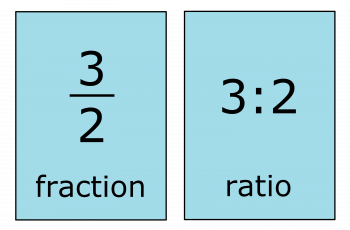What is Rate of Return?
Before discussing how to calculate rate of return, firstly, let us define what it is and what it entails. Rate of return (RoR) is the net gain or loss of an investment over a specified time period, expressed as a percentage of the investment’s initial cost.
Additionally, RoR works with any asset provided the asset is purchased at one point in time and produces cash flow at some point in the future. A positive ROR means the position has made a profit, while a negative ROR means a loss. You will have a rate of return on any investment you make.
RoR can be used to measure almost all types of investments, from the investment home you own to stocks, bonds, mutual funds, and the savings account held by your business. Basically, calculating returns provides important information that can be used while deciding future investments, and allows you to critically measure your investment against alternative options.
Advantages of Rate of Return Method.
- RoR method is very simple and easy to understand.
- Its use is easy.
- Rate of return may readily be calculated with the help of accounting data.
- The simple rate of return will be fairly close to the true rate of return in investment with extremely long lives. It may be used to measure the current performance of a firm.
- It gives due weight-age to the profitability of the project if based on average rate of return. Projects having higher rate of return will be accepted.
Disadvantages of RoR Method.
- Rate of return method uses accounting profits and not the cash inflows in appraising the investment projects.
- Also RoR ignores the time value of money.
- It considers only the rate of return and not the length of project lives.
- It ignores the fact that profits can be re-invested and profits can be earned on such investment.
- RoR does not determine the fair rate of return on investment which is left at the discretion of the management.
- Finally, RoR ignores the benefits which can accrue to the firm from the sale or abandonment of the old equipment or plant.
Uses of Rate of Return.
- Firstly, rate of returns can be used to make investment decisions.
- Also financial analysts use rate of return to compare the performance of a company over a specified period of time.
- Additionally,RoR is used to compare the performance between companies.
- Companies use it compare internal rate of returns of different projects and decide which project to pursue and which one will bring more returns in the company.
Formula to Calculate RoR.

Example:
Suppose the initial cost of investment was $10,000 and the ending value of the same investment after a few years was $ 18,000. calculate the rate of return.

Thus, the rate of return is 44.4%.

